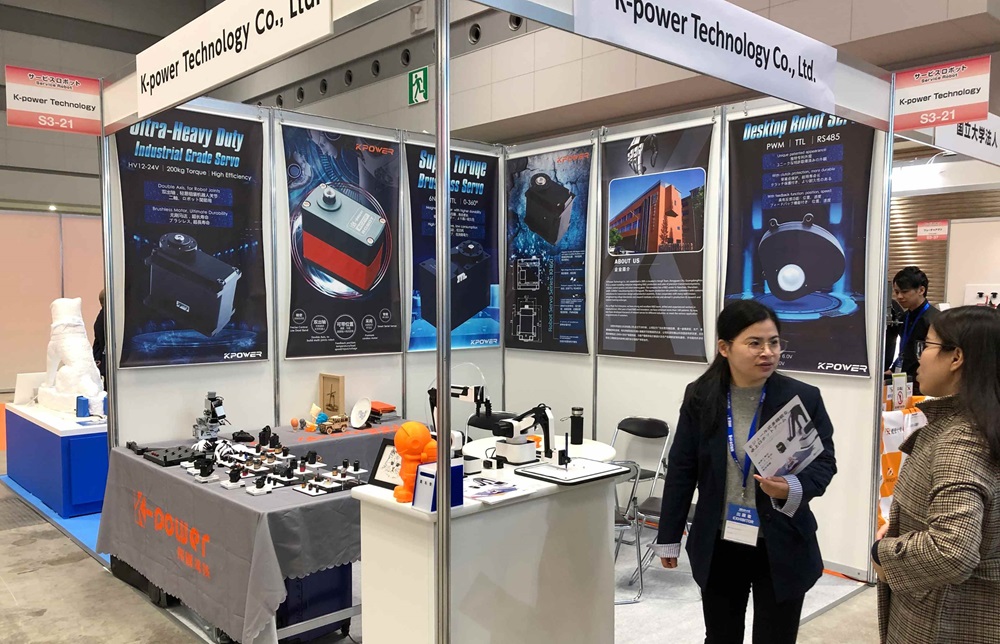Ever wondered how those tiny robots or CNC machines move with such precision? Behind the scenes, it's often the humble servo motor making it all happen. You probably see the term “servo motor working principle pdf” thrown around a lot—sounds technical, right? But at its core, understanding how these little workhorses operate can really open your eyes to what makes automation tick.

So, what’s going on inside a servo motor? Imagine a tiny superhero with a GPS—it's constantly listening to commands, adjusting its position, and knowing exactly where it stands in space. When you send a signal, a sensor inside the motor compares its current position to the target. If there's any gap, a control circuit kicks in, guiding the motor to adjust its speed and direction until it hits that perfect spot. That’s why servo motors are so precise—each movement is calculated, corrected, and fine-tuned on the fly.
Let’s talk about some real-world practicality. Ever seen a robotic arm assembling cars or a camera on a drone adjusting its angle swiftly? That’s servo motors doing their thing, ensuring smooth and accurate operations. Their working principle hinges on feedback. They’re not just moving blindly but constantly checking and rechecking their position. Think of it as steering a bike—you make a turn, got it? Now, keep checking to stay on course, and make quick adjustments if needed.
You might ask, what makes a good servo motor? It’s not just about raw power but also about control responsiveness and efficiency. It’s fascinating how different brands tweak this stuff. Some focus on rapid response times, others on durability under tough conditions. When selecting one, paying attention to torque curves and speed ratings helps you match the motor to your project's needs.
But what's really interesting is how advances in control algorithms and materials have pushed these tiny motors further than ever before. Ceramic bearings, better windings, smarter controllers—they all play a role. Imagine a servo motor with built-in sensors that adapt to changing loads, making performance smoother even as demands fluctuate. That’s modern engineering magic.
People sometimes wonder if all servo motors operate the same way. Not quite. Some are digital, some analog. Some handle high loads, others excel in delicate, high-precision tasks. Knowing how each type works can save you from headaches later on because once you get a grasp of the fundamental principles—feedback loops, control circuitry, power management—you can make smarter choices.
Picking the right servo motor isn't just about comparing specs on paper. It’s about visualizing how it’ll fit into your project—whether it's a tiny CNC router or a complex automation line. What kind of precision are you aiming for? How much load? Understanding these details helps turn tech talk into real, reliable solutions.
In the end, diving into the working principle of servo motors isn't about memorizing facts. It’s about connecting dots—seeing how every tiny part collaborates to produce motion, stability, and control. Once you get that, those PDFs and datasheets start to make a lot more sense. And that’s where true confidence in your choices begins.
Established in 2005, Kpower has been dedicated to a professional compact motion unit manufacturer, headquartered in Dongguan, Guangdong Province, China. Leveraging innovations in modular drive technology, Kpower integrates high-performance motors, precision reducers, and multi-protocol control systems to provide efficient and customized smart drive system solutions. Kpower has delivered professional drive system solutions to over 500 enterprise clients globally with products covering various fields such as Smart Home Systems, Automatic Electronics, Robotics, Precision Agriculture, Drones, and Industrial Automation.




































